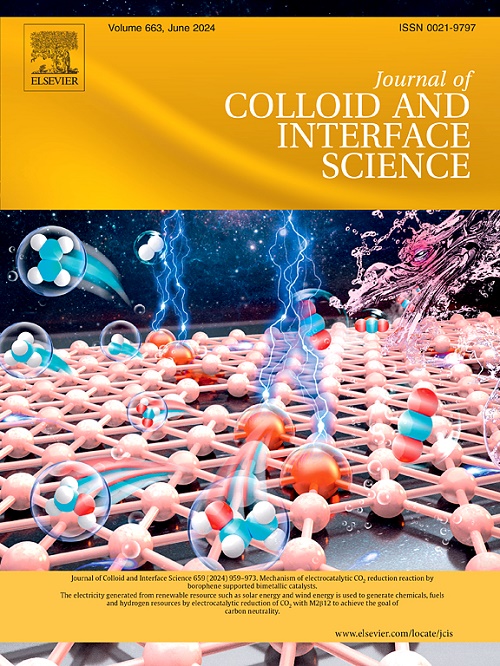Adipose-targeted nanohybrid as a browning inducer for synergistic hyperthermia–pharmacotherapy of obesity
IF 9.4
1区 化学
Q1 CHEMISTRY, PHYSICAL
引用次数: 0
Abstract
Inducing adipose browning to increase energy expenditure has recently emerged as a promising approach for antiobesity treatment. However, its therapeutic efficacy is often limited by poor adipose-targeted drug delivery and suboptimal browning efficiency. To address these challenges, an adipose-targeting aptamer (Apt8) and browning agent resveratrol (Res) were used to construct an Apt-modified and Res-loaded degradable mesoporous silica–coated Au nanorods nanocarriers (NC), termed Res@NC@Apt8, achieving adipose-targeted hyperthermia–pharmacotherapy. Upon internalization by adipocytes, laser irradiation induces mild local hyperthermia (LHT) via Res@NC@Apt8, triggering calcium ion (Ca2+) influx. Simultaneously, the interaction of the nanohybrid with local glutathione (GSH) releases Res. The dual mechanisms activate the adenosine 5′-monophosphate-activated protein kinase (AMPK) pathway, reduce the lipid droplet content, enhance mitochondrial biogenesis, and accelerate metabolism, thereby synergistically promoting adipose browning. Intravenous Res@NC@Apt8 administration in obese mice significantly drives adipose reduction and further achieves excellent antiobesity therapeutic efficacy. This synergistic treatment achieves a superior weight reduction of 17.2% compared with 6.9% and 10.6% achieved using LHT and pharmacotherapy alone, respectively. This study introduces a novel strategy for achieving activatable LHT and drug release for synergetic obesity treatment.

求助全文
约1分钟内获得全文
求助全文
来源期刊
CiteScore
16.10
自引率
7.10%
发文量
2568
审稿时长
2 months
期刊介绍:
The Journal of Colloid and Interface Science publishes original research findings on the fundamental principles of colloid and interface science, as well as innovative applications in various fields. The criteria for publication include impact, quality, novelty, and originality.
Emphasis:
The journal emphasizes fundamental scientific innovation within the following categories:
A.Colloidal Materials and Nanomaterials
B.Soft Colloidal and Self-Assembly Systems
C.Adsorption, Catalysis, and Electrochemistry
D.Interfacial Processes, Capillarity, and Wetting
E.Biomaterials and Nanomedicine
F.Energy Conversion and Storage, and Environmental Technologies

 求助内容:
求助内容: 应助结果提醒方式:
应助结果提醒方式:


